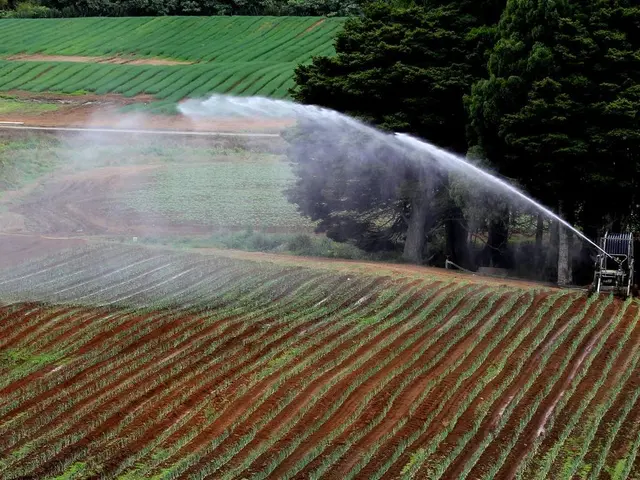German Rail Uses 'Green' Steel for Tracks for the First Time - Deutsche Bahn's Green Steel Milestone: First 'Green' Track for German Regions
Deutsche Bahn has announced a significant step towards greener rail infrastructure. Ahead of the 'Steel Summit' at the Chancellery, the company revealed a deal for 'green' steel, which will be used in its network for the first time. The first shipment of 1,000 metric tons will benefit regions like North Rhine-Westphalia, Rhineland-Palatinate, and Saarland.
The 'green' steel, supplied by Saarstahl, is produced using electric arc furnace technology at Saarstahl Ascoval in France. This method reduces greenhouse gas emissions by up to 70% compared to conventional steel production. The initial supply, equivalent to around 22 kilometers of track, is part of a pilot project involving a supply agreement between Deutsche Bahn and Saarstahl.
Philipp Nagl, CEO of DB InfraGO, praised the project, stating it demonstrates the compatibility of climate-friendly construction and domestic value creation. Jonathan Weber, Saarstahl Rail’s executive board member, echoed this sentiment, calling it a strong signal for sustainable infrastructure. The financial terms of the supply contract were not disclosed.
The partnership sends an important signal for sustainable supply chains in the rail industry. Deutsche Bahn's use of 'green' steel in its network is a significant step towards reducing the sector's carbon footprint. The success of this pilot project could pave the way for wider adoption of sustainable practices in rail infrastructure.







